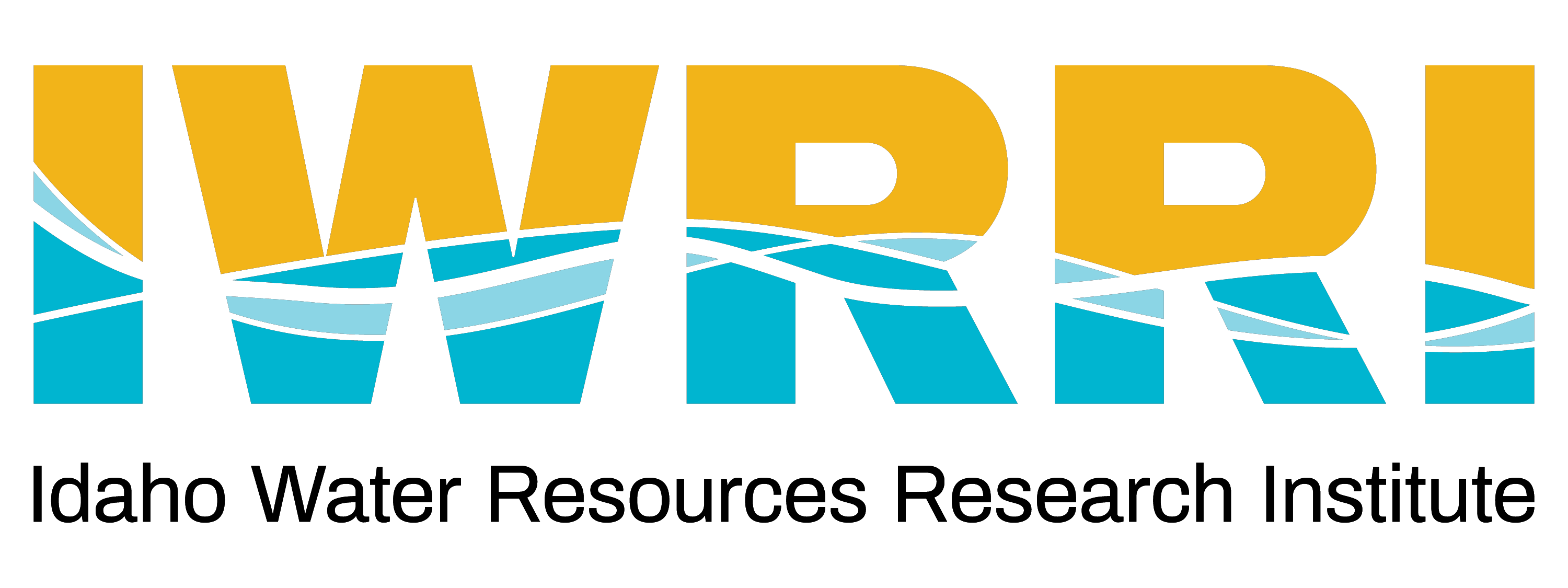How Streambed Permeability Controls Hyporheic Exchange in Salmonid Redds

Hyporheic exchange in salmonid redds critically affects embryo development and biogeochemical cycling. Using coupled numerical models validated with high-resolution optical measurements from large-scale laboratory experiments, we examined how streambed permeability controls the transition from pressure- to inertia-driven hyporheic flows. Below hydraulic conductivities of 0.001 m/s, sequential surface-subsurface models adequately capture hyporheic fluxes and surface structures. At higher permeabilities, however, surface-subsurface feedback significantly alters flow patterns and exchange morphology. We propose a correction factor extending existing models to high-permeability regimes. These findings demonstrate the necessity of coupled modeling for permeable streambeds and inform habitat restoration and ecosystem engineering assessments.
Angel Monsalve Sepúlveda joined the Department of Civil and Environmental Engineering at the University of Idaho in August 2024, following his postdoctoral fellowship at the university’s Center for Ecohydraulics Research. He specializes in fluvial geomorphology and hydraulic engineering, focusing on understanding the complex interactions between water and sediment flow dynamics in mountain streams, with particular emphasis on how spatial variability affects sediment transport and riverbed evolution. His work combines advanced numerical modeling techniques, including Computational Fluid Dynamics, with extensive laboratory experimentation to study the effects of spatial distribution of flow and sediment grain sizes on river systems.
